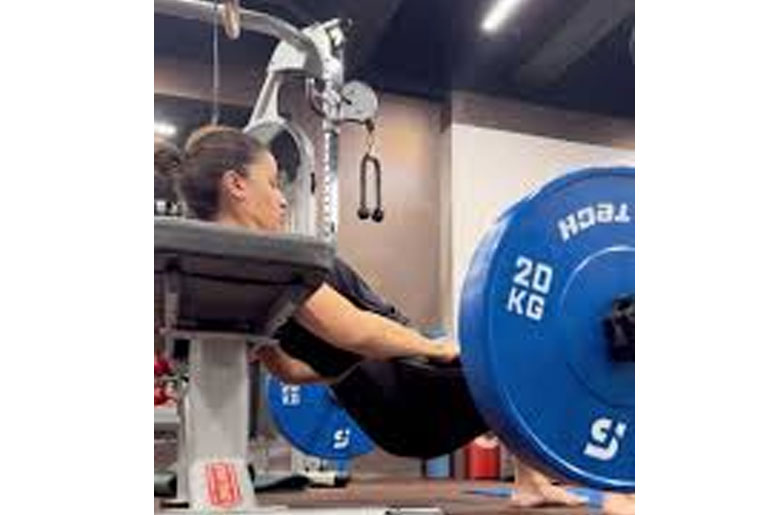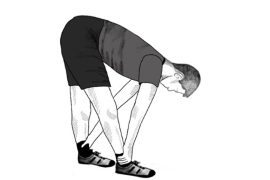Alia Bhatt has recently captivated fitness enthusiasts and fans with a viral video showcasing her impressive strength. In the Instagram story clip, Bhatt performs hip thrusts with a notable 40 kg weight, under the guidance of her trainer Sohrab Khushrushahi. This display of strength highlights her commitment to fitness. However, it also underscores important considerations for those looking to integrate hip thrusts into their workout routines.
The hip thrust exercise primarily targets the gluteus maximus, while also engaging the hamstrings, quadriceps, and core muscles. It involves driving through the heels to lift a weighted barbell placed across the hips. Proper form and controlled movement are essential to maximize muscle engagement and minimize the risk of injury, making it crucial for exercisers to prioritize technique when performing this exercise.
Key Safety Considerations for Beginners Increasing Weight Load
1. Start Light
- Initial Training: Begin with bodyweight exercises or mini resistance bands to focus on mastering proper form and technique before adding heavier weights.
2. Gradual Progression
- Incremental Increases: Increase the weight gradually to allow your muscles and joints to adapt to the new load. Avoid jumping to heavy weights too quickly to prevent injury.
3. Proper Equipment
- Safety Gear: Use safety padded barbells to minimize discomfort and bruising, especially around the hips.
4. Spotter and Safety Measures
- Spotter: Having a spotter can help guide the barbell into place and assist with lifting if needed.
- Smith Machine: This provides additional stability, ensuring the barbell moves in a controlled path.
- Barbell Clips: Use clips to secure the weights and prevent them from sliding off.
- Non-Slip Surface: Perform exercises on a non-slip surface to maintain good footing and stability.
5. Listen to Your Body
- Pain Awareness: Avoid pushing through pain or discomfort that feels abnormal. Distinguish between typical muscle fatigue and pain that could indicate an injury.
Correct Form and Technique for Heavier Weights in Hip Thrusts
Setup
- Positioning: Sit on the ground with your upper back against a bench or soft box. Bend your knees and keep your feet flat on the floor.
- Barbell Placement: Place a padded barbell over your hips, ensuring it is positioned comfortably.
Execution
- Foot Placement: Position feet shoulder-width apart with toes slightly pointed outwards.
- Hip Position: Engage your core and keep your back flat.
- Movement: Push through your heels, lifting your hips towards the ceiling until your thighs are parallel to the ground and your torso forms a straight line from shoulders to knees.
- Top Position: At the top of the movement, squeeze your glutes and ensure your back remains neutral without overarching.
- Descent: Lower your hips back to the starting position in a controlled manner.
Form Adjustments for Heavier Weights
- Engagement: Keep your core and glutes engaged throughout the lift to stabilize your body and maintain proper form.
- Breathing: Exhale during the lift (concentric phase) and inhale while lowering the bar (eccentric phase).
- Range of Motion: Ensure a full range of motion while maintaining form. Avoid partial reps, which can lead to imbalanced muscle development and potential injuries.
By following these safety considerations and correct form guidelines, beginners can safely increase their weight load while minimizing the risk of injury and maximizing exercise effectiveness.
Disclaimer:
The information contained in this article is for educational and informational purposes only and is not intended as a health advice. We would ask you to consult a qualified professional or medical expert to gain additional knowledge before you choose to consume any product or perform any exercise.







